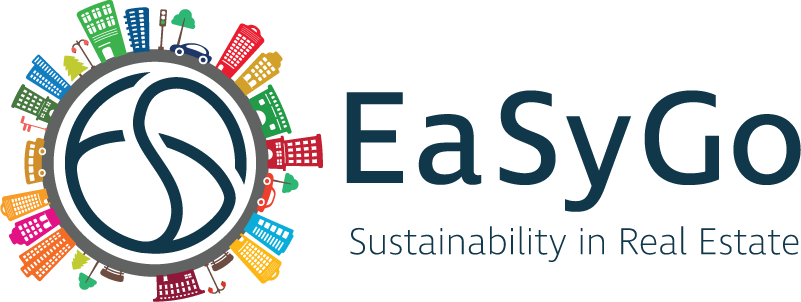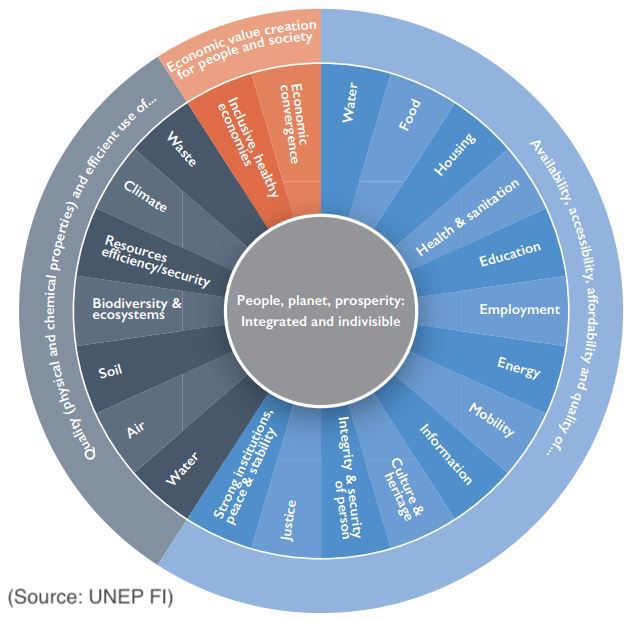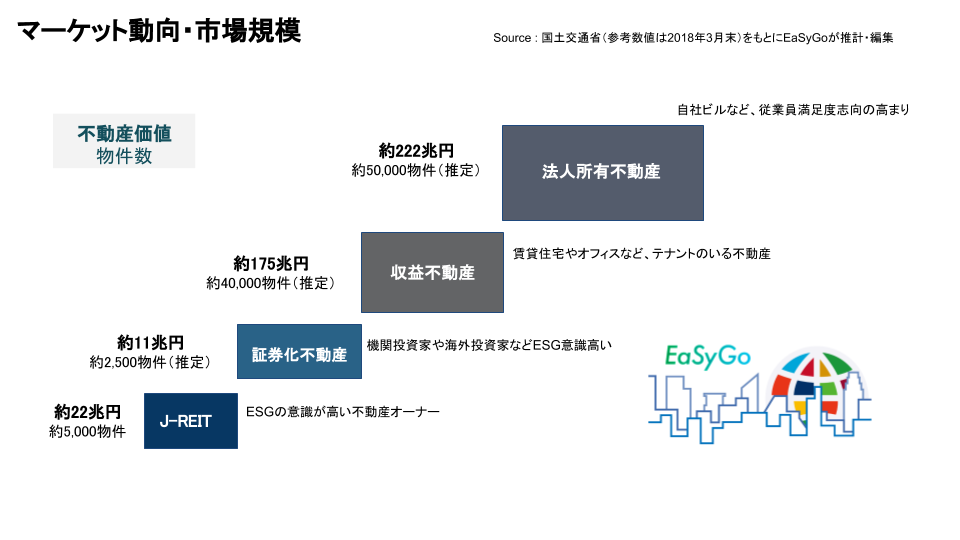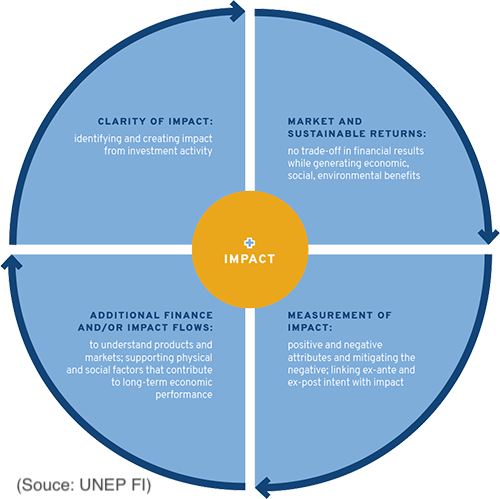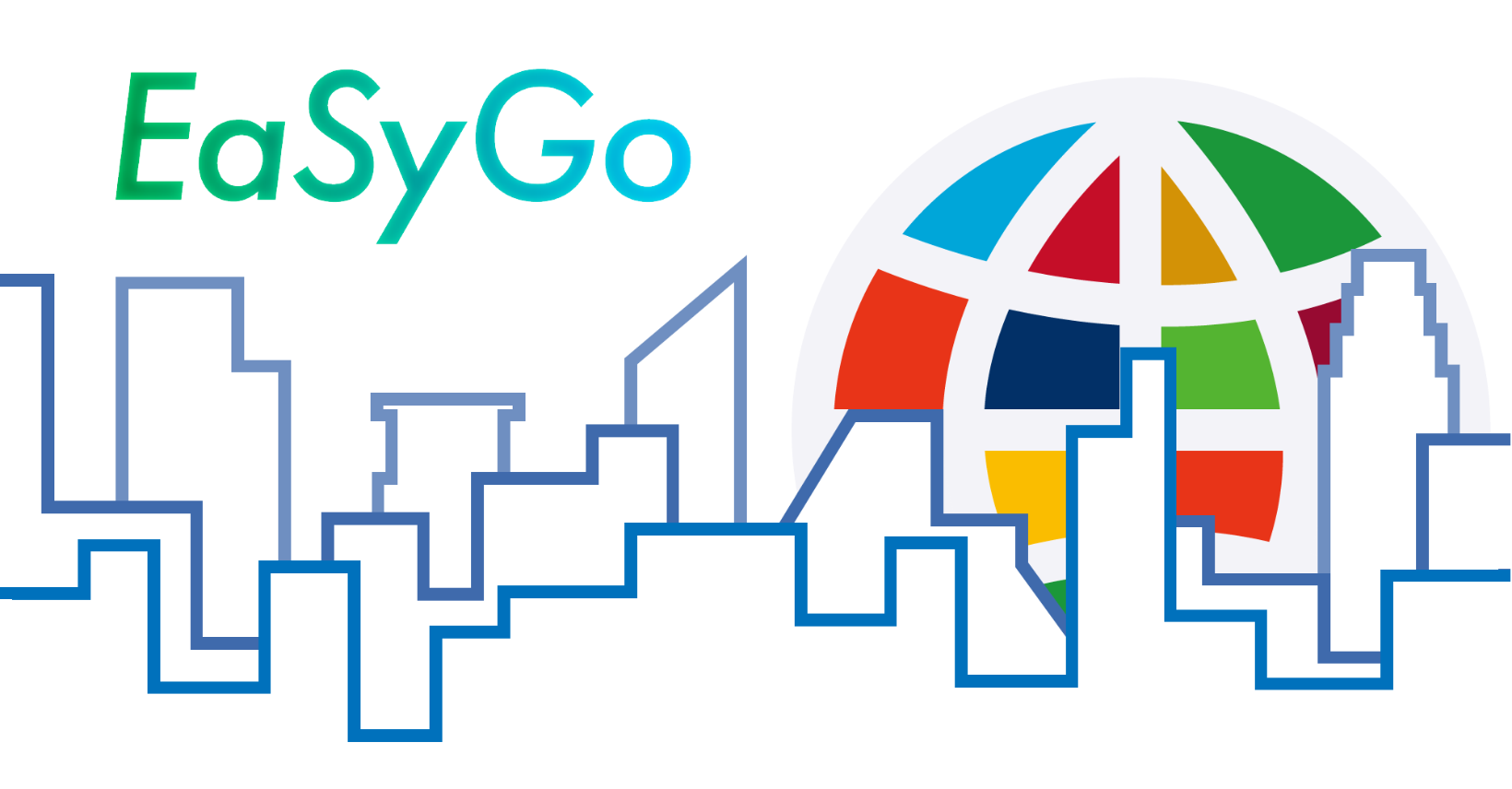Request From the Financial Market for Sustainability
The reality for real estate positive impact investment
Japan’s GPIF (Government Pension Investment Fund) is the world’s largest institutional investor that manages an asset of approximately 162 trillion yen. Domestic institutional investors such as GPIF and large life insurers are forming the corporate bond market and the stock market in order to achieve positive impact investment in the financial market.
Nippon Life Insurance Company announced that from April 2021, all investments will be decided with “ESG” in consideration.
The request for SDGs / ESG themed positive impact investment in the financial market is becoming a worldwide trend. It is predicted that in the near future, it will become a key requirement for companies to include SGDs / ESG elements in business operations, investment, and loan projects.
What is Positive Impact Investment?
Positive impact investing refers to “an investment strategy that generates financial returns but also creates positive social or environmental impact”. For the real estate market, the environmental and social issues lie in climate change and solid/airborne/liquid waste. On the other hand, values such as health and comfort, employment, inclusion and diversity, resilience against disasters, regional contribution, and regional vitalization are created.
Real estates are the base to life and industries, closely related to the source of numerous social returns, and therefore can be relied on for large scaled contributions towards SDGs which is the main target for positive impact investment. In contrast, deforestation caused by new businesses, emission of greenhouse gases, climate change, and negative impacts on the atmosphere and soil do exist. This is why positive impact investments require to analyze the positive and negative social impacts and statistically calculate the total positive impact.
Even in Japan alone, there is a value of approximately 210 trillion yen for the market eligible for real estate positive impact investment (J-REIT, Real estate securitization, and profits from immovables). When including corporate-owned real estate, the value will be a sum of 430 trillion yen. (Source: March 2018, Ministry of Land, Infrastructure, Transport and Tourism)
It can be predicted that the positive impact driven from the large sum of asset and corporate activities, will bring a beneficial effect on our future.
However, in the real estate investment market, positive impact investment is yet in practical-use with no concrete framework.
The Untouched Positive Impact Investment in the Real Estate Market
Although real estates are assets that are closely aligned with people/company’s daily activities, positive impact investment is far from being normalized.
There are multiple layers between institutional investors and real estate users. Traditionally, real estate operation and management are run between landowners (operators) and the tenant’s economic relationship. Although some tenants (companies) may pursue sociability for their own customer base, this is usually separated from the real estate. The real estate itself is often not constructed to provide sociable effects related to positive impact.
In today’s real estate investment, primary focuses are set financially and/or the building’s environmental efficiency (profitability) and not on the positive impact factors that institutional investors aim to produce.
For positive impact investment to be used practically by real estates from institutional investors, a “catalyst” to produce a positive impact on investments and operations is required. Independent SDGs / ESG policies, related tradespeople, and IT tools from real estate managers and operators are examples of “catalysts”.
Now, what effects are expected to be performed in the financial industry due to this “catalyst”?
UNEP FI (United Nations Environment Programme Finance Initiative) is a global financial sector that mobilizes private sector finance for sustainable development.
The four investment goals on positive impact real estate investment that UNEP FI set are as follows.
(Source: Ministry of Land, Infrastructure, Transport and Tourism)
- Clarification of the impact
Specifying and creating an impact through investment history - Market level / Sustainable return
While creating Financial, Social, and Environmental benefit, no tradeoffs between financial returns - Additional funding and/or impact flow
Physical and social support that contributes to long term financial performances in the market towards products that do not receive enough service - Formulating the impact
Speculating positive/negative attributions. Easing the negative factors and prior/post intentions whilst performing in conjunction with the impact
In order to fulfill each of the 4 aims, the direct and indirect activities for a real estate operation must include: social and environmental benefits (provide options), visualization and analysis, adding value to real estates, multidirectional communication with every stakeholder.
By providing a catalyst as a tool to fulfill these elements, we believe that it is possible to accomplish a great impact not only in the real estate market but on a social scale.
EaSyGo provides real estate owners and managers an appropriate tool in order for individuals to have a change in sustainable action, through the field of “buildings”. This service allows the “dots” and the “lines” to intertwine into an opportunity for a groundbreaking sustainable change that is made possible due to the infrastructure.
For individuals to unconsciously follow sustainable change, EaSyGo will provide the real estate users motives, measures, evaluations, and compathy. All on a personalized level for sustainable actions to be made possible.
Sustainability spreads from individuals to communities, communities to towns, and from towns to cities.
